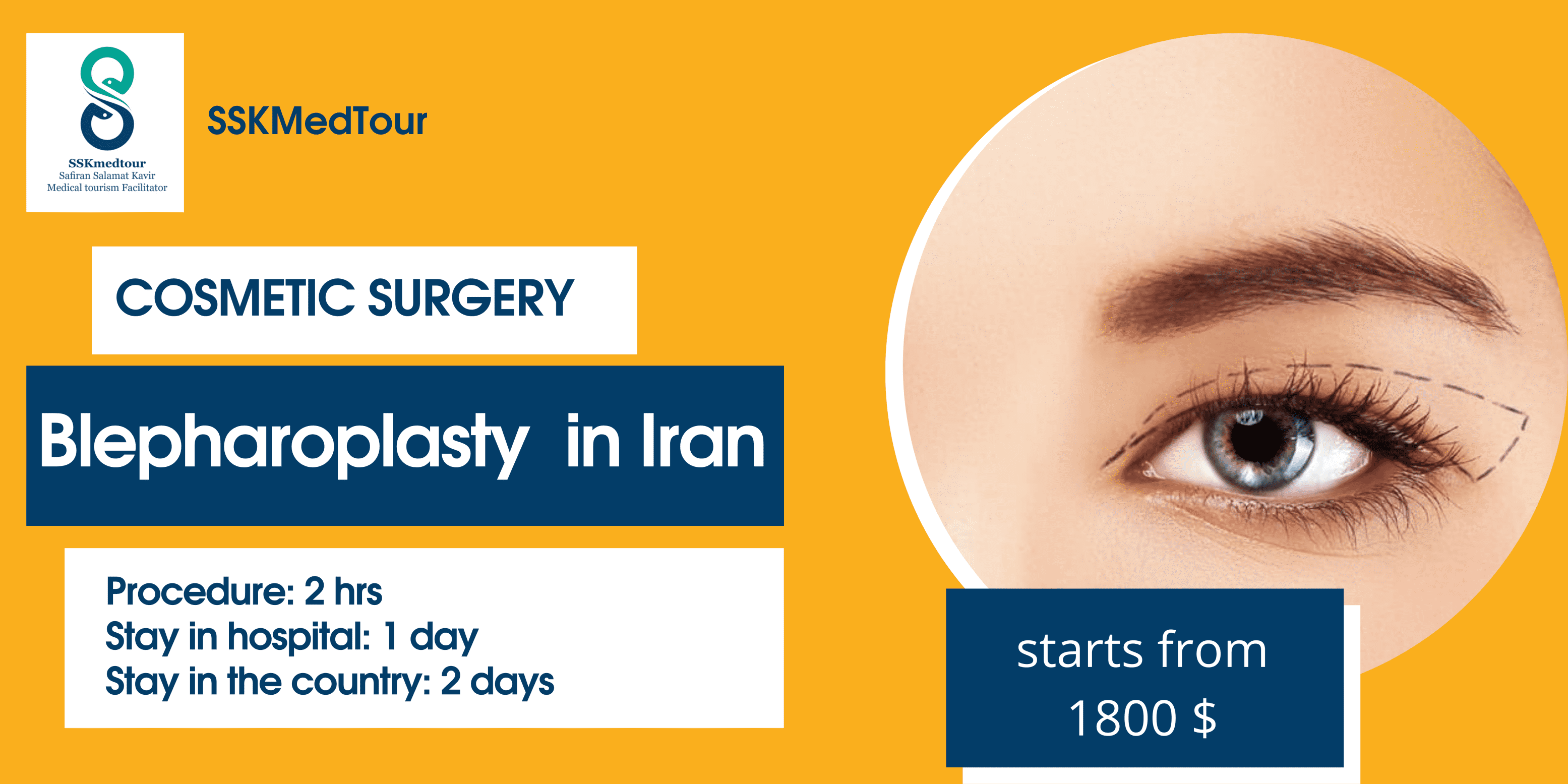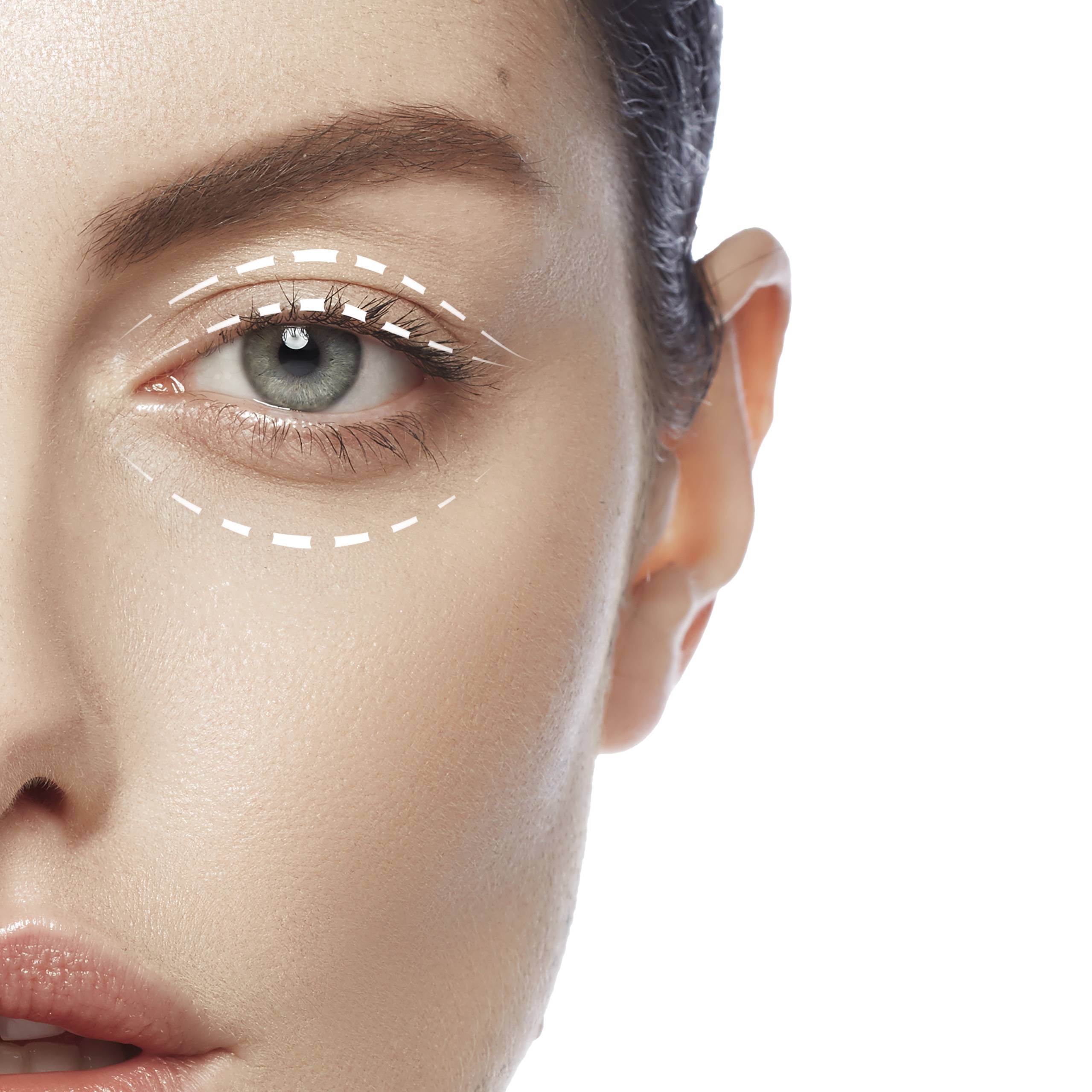

Blepharoplasty Surgery
The surgery may be considered a good option for you in order to achieve the following conditions:
– Improving your peripheral vision by removing excess tissue around the eyes
– Getting rid of the baggy and droopy upper eyelids
– Treating the bags under the eyes
– Removing wrinkles and excess skin on the lower eyelids and repairing lid deformities
What Is Blepharoplasty?
The procedure is carried out under general or local anesthesia and mostly lasts for one hour. Working on the upper lid is the first step of performing the procedure when you decide to improve both. The surgeon makes an incision along the fold of the upper lid, removes the excess tissue, and finally closes the incision. This procedure will also be repeated for the lower lid and the surgeon makes the incision inside the lower lid or in the eye’s natural crease line. By the way, the surgeon may recommend a brow lift or a facelift at the same time to get the best results.
Who Is a Good Candidate?
Most people with good eyesight are well-suited for eyelid surgery. In general, good candidates are:
- There is sagging skin, causing wrinkles and sagging of the upper or lower eyelids.
- There is a bag under your eyes or your lower eyelids are hanging.
- Excess or loose skin that hides the natural fold of the upper eyelids
- Loose upper eyelid skin that impairs vision
- ‘Puffy’ upper eyelids, making eyes look tired and ‘sad’
- Fine, ‘crepe paper’ lower eyelid wrinkles
- ‘Hooded’ upper eyelids
- Generally healthy
Before Procedure
Before surgery, you need to have a preoperative examination. Your surgeon will assess your medical history and perform an eye examination. Eye tests include tests for peripheral vision and lacrimal gland function. Before surgery, the surgeon measures a portion of the eyelid and photographs the eyes from different angles. These photos help the surgeon plan the surgery and evaluate its post-surgery effectiveness.
You will also be asked to:
- Stop taking medications that increase the risk of bleeding. B. Warfarin, aspirin, ibuprofen, naproxen sodium.
- Smoking slows the healing process, so quit smoking a few weeks before surgery.
- Eat a healthy and balanced diet.
- Blepharoplasty is an outpatient treatment. Make sure someone will take you home on the day of surgery. After surgery, some measures may need to be taken to speed up eye healing. Keep these things at home, including ice packs, gauze pads, and artificial tears (recommended by your doctor).
About Procedure
Blepharoplasty is a 2-hour procedure. Before surgery, the surgeon injects a local anesthetic around the eyes. This paralyzes the entire area around the eyes. They will be given sedatives orally or via veins. If surgery is planned for all four eyelids, the upper eyelid will be treated first. The surgeon cut along the wrinkles on the upper eyelid. He then removes excess skin, fat and muscle and closes the incision with a seam. To lift the lower eyelid, he makes an incision just below the eyelashes. He removes excess fat, skin and, in some cases, muscle and closes the incision. In another type of lower eyelid surgery, an incision is made inside the lower eyelid to remove excess tissue. After any of these steps, the surgeon may suggest laser treatment. Surgeons can also choose to remove the thin lines under the eyes after surgery with a CO2 or erbium laser.
Postoperative Care
- For the first 48 hours, ice-chilled gauze pads (gauze pads soaked in ice water and squeezed) should be applied to the eyes and cheeks to minimize swelling and discoloration.
- Keep your head high to minimize swelling. It’s enough if the armchair works well or just adds a pillow to the bed.
- You can wash your face. You can take a shower and wash your hair.
- If you have a cut on your outer eyelid, you can gently clean it with a cotton swab and half-strength hydrogen peroxide (diluted with water). Prescribe an antibiotic ointment to the eyelids. It should be applied to the incision 3 times a day after cleaning. Avoid over-the-counter ointments.
- You can wear contact lenses for 2-3 weeks after surgery.
- Avoid extreme physical activity such as athletic activity or sexual intercourse.
- It will be easier to walk 3 days after the operation. Aerobic exercise, strength training, weightlifting, and weight loading can be gradually resumed 3 weeks after surgery.
- It is imperative that you avoid exposure to the sun, sun lamps, or solarium for 6 weeks after surgery. Fever can cause swelling of your face. It is recommended to wear 30 or more SPFs, but doctors and staff wear 50 SPFs daily.
- Don’t worry if your eyes are slightly swollen. This usually heals within 2 weeks. In certain patients, it may take up to 6 months for all swelling to disappear completely.
- Take only medicines prescribed by your doctor.
- Makeup can be used 10 days after surgery.
Blepharoplasty Surgery in Iran
There are many reasons that make Iran internationally known as one of the great destinations for cosmetic surgeries and also for blepharoplasty operations. Enjoying well-experienced and knowledgeable plastic surgeons, low costs, well-equipped and modern clinics, and hospitals as well as placing the eyelid reduction surgery among the fifth most frequent surgeries in Iran are considered the main reasons that people prefer to experience eyelid surgery in Iran.
If you would like to learn about eyelid reduction in Iran and the best blepharoplasty surgeons in Iran, you can contact us for a free consultation.
FAQ
What is the recovery time for blepharoplasty?
The recovery time ranges from one to four weeks. You may experience some swelling and bruising but very little discomfort. To minimize swelling, you use cold compresses and keep your head elevated. Sutures are removed within one week, and makeup can be applied after that.
Can I have Laser Resurfacing around the eyes along with Eyelid Surgery?
You can have Laser Resurfacing around the eyes to smooth surface wrinkles. This can be done with or without blepharoplasty.
Will eyelid surgery fix sagging brows?
No. Sagging or hooded eyebrows are fixed through a brow lift, which can be performed by direct excision or endoscopically through a small incision using an endoscopic camera. The small incisions are well-hidden. This procedure elevates the brow to a more natural position.


No comment